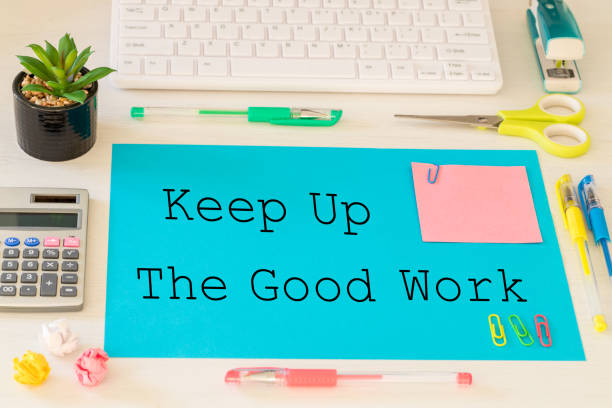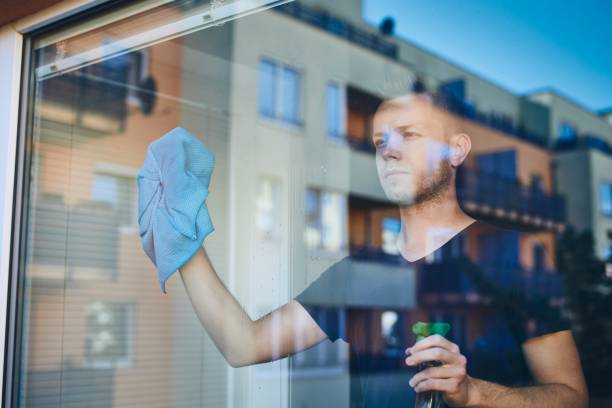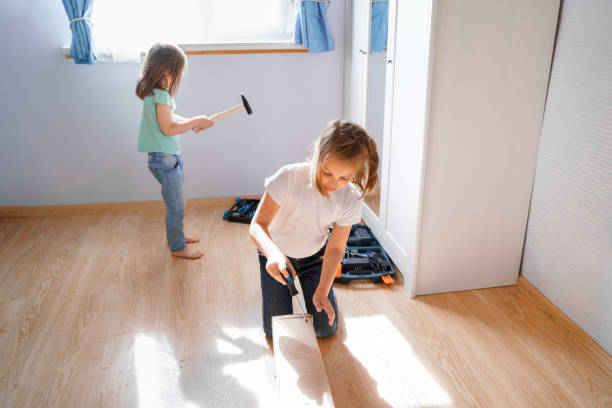Over the years, flexible workspaces – also known as shared workspaces or Co-working Spaces – have become increasingly popular in New Zealand. The desire for more flexible real estate is one of the factors that has led to this trend. This trend is also heavily influenced by the global shift to more flexible working hours.
Flexible workspaces are also popular because they allow people to be in the company of like-minded people. It can also improve mood and productivity. These creative desk layouts allow for more personalization.
Flexible workspaces can be used to create a positive and productive work environment in many “traditional” offices. Flexible workspaces can be beneficial for those who work at home. Here are a few tips to help you get started:
Clean Up Your Stuff
Many flexible workspaces are open-plan, so clutter can’t hide. Untidy, cluttered workplaces can have a negative impact on a number of things, including stress and focus. This can cause allergies and illnesses. Untidy offices can also turn away potential clients.
This is all to say that an office space should be neat. Remove anything that you don’t use to make it easier to organize each desk. It is also important to hire professional cleaners. They will straighten up your office quickly and ensure that it meets the highest standards of cleanliness and hygiene.
A clean work environment will lead to increased productivity, a positive culture, and job satisfaction.
The Desk
You do most of your office work at the desk. It’s only logical that you keep your desk organized to make it easier for you to work. You can do this by creating sections for different tasks.
The center of the desk can be the main work area (where you place your laptop or computer), while the left side is where you do your paperwork. On the right, your notes and brainstorming can take place.
This will also prepare your mind for the type of activity that you plan to do so that you get better results.
Buy a good chair.
Flexible workspaces aim to boost productivity. But you can’t do that if you are uncomfortable. This won’t be a problem if you have an ergonomic chair. You can get one that has lumbar support and adjustable heights or tilts. If you have the budget, memory foam cushions are a good option.
Get a Better Desk
If you can, upgrade your desk and get a comfortable chair. A good desk for the office is at just the right height, regardless of space constraints. It’s also best to have fewer drawers in the front (or none), as this allows you to get more space for your legs and knees.
Look for a desk with rounded corners to reduce the risk of injury and a sturdy construction. Find a standing or convertible desk if you have the option.
Optimise Desk Storage
There is not always enough space in an office or home for each desk. You may have to get creative to fit everything you need on your desk. You can put a small shelf above your desk to store lighter supplies like pens, paperclips, and notepads.
For smaller desks, cord control is necessary. It’s not always necessary to use cable ties. Other times, you may need wireless peripherals such as a Bluetooth keyboard and cordless mouse. The fewer exposed wires, the cleaner and more spacious your room will appear.
Add some Greenery
Sometimes, the office decor is a bit too neutral. Add some plants to spice up your office decor. Pothos, Peace Lily, and Kalanchoe are some easy-care plants.
Plants can improve the air quality of your home or office. These plants are also great for visual rest when your eyes feel tired from staring at the screen for too long.
Mind Your Space
COVID-19 stresses the importance of maintaining a distance, at least physically, to prevent the spread and transmission of diseases.
Keeping some space can improve your mental and physical health. You may want some time to yourself to focus on your work or to get away from the chaos. This can be achieved by putting some distance between you and your co-workers.
It would be best if you also had a daily routine to help you get started and restore your focus. You can do anything from drinking a cup of coffee before tackling your to-do lists to spending ten quiet minutes at your desk prior to turning on your computer.
Take your break in full if you work at an office. The 5-minute difference between 25 minutes and a 30-minute full meal break could give you more energy than you think. It would be best if you aimed to rest for at least 15 minutes every hour. Standing up, stretching your legs and back, or simply looking away from the screen for a few minutes can help you to refresh your eyes. You can get a new perspective and more energy by doing this.
Finally, a flexible workplace also means flexibility in the way you do your work. It’s about adapting to an industry landscape that is constantly changing.






